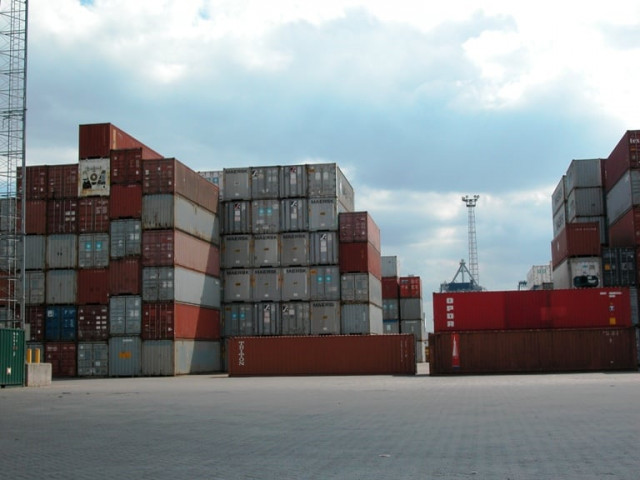TPP Agreement and its implications
Pakistan may face enhanced competition from Mexico, Peru and Vietnam.

Major players of the world trading system, however, are not very hopeful of the early inclusion of the Doha Development Agenda. STOCK IMAGE
One of the major challenges identified in enhancing the country’s export is the extent of level-playing field viz-a-viz its competitors in major economies such as the US, EU, ASEAN and Japan.
The major disadvantage for Pakistani products in these markets is the preferential tariff to its competitors, which is being offered due to free trade agreements (FTA).
This has compelled the government to actively pursue an early inclusion of the Doha Development Agenda of the World Trade Organisation, where member states will be required to reduce customs tariff for manufactured goods. This will minimise disadvantages for Pakistani exporters in markets where they face high tariff than their competitors due to FTAs.
Major players of the world trading system, however, are not very hopeful of the early inclusion of the Doha Development Agenda. This is because they feel frustrated in forging consensus among the 154 member states, compelling major economies to secure their trade interest by concluding free trade agreement with their partners.
In recent past, we have seen proliferation of the free trade agreements and this trend would likely to continue.
One such FTA is the Trans-Pacific Partnership (TPP) Agreement, which is a regional group of 12 countries negotiating a free trade area to promote trade in goods and services and encourage investments.
The TPP members include Australia, Brunei, Canada, Chile, Japan, Malaysia, Mexico, New Zealand, Peru, Singapore, the United States, and Vietnam.
The TPP is expected to create one of the biggest free trade areas comprising 40% of world’s gross domestic product and one-third of global trade. According to the information available, the negotiators of the TPP are looking at an ambitious agenda for trade integration.
The negotiations for TPP commenced in 2005 and were expected to conclude in 2012. However, due to political difficulties of some participating countries, the negotiations are still underway where 17 rounds have been held where negotiators are endeavoring to go beyond the conventional regional trade agreements (RTA) while looking at an ambitious agenda of trade integration.
The TPP member states include countries where Pakistan has significant exports. The United States is Pakistan’s largest business partner where Pakistan enjoys a trade surplus to $3 billion. The TPP also includes countries such as Vietnam which is Pakistan’s competitor in global trade in textile and leather products. Pakistan is going to take a significant hit in the export markets of US and other TPP member markets.
According to one study conducted by the Commonwealth Secretariat, Pakistan could lose as much as $8 billion export market in the markets of the TPP member countries. Pakistan is likely to face enhanced competition from Mexico, Peru and Vietnam which have similar export products as Pakistan. These countries would likely to be in a better position than Pakistan due to preferential tariffs in the US and the TPP countries. There are serious apprehensions Pakistan will be forced out from these markets.
The rules of origin under the TPP, which will be used to confirm the origin of the products eligible for preferential tariff, would encourage inputs from the TPP member states. It would further marginalise non-members and will lead to trade diversion to the TPP member states. For non-parties such as Pakistan, it would create further barriers for entering the global value chain.
In the domain of trade in services, though Pakistan is not a major player, it would face stiff entry challenges from service providers of the TPP member state due to preferential access. According to World Bank Services Trade Restrictions Database, the TPP will create an advantage of 20 points for the participating countries.
On the investment front, the agreement is looking at an ambitious agenda to open up sectors previously kept outside the purview of foreign direct investment (FDI). This would result in the diversion of FDI from non-participant states to member countries. Needless to say that Pakistan which is already struggling to attract investors will face further competition.
For a country like Pakistan which is not a party to such mega initiatives, the only hope remains the liberalisation of trade under the WTO which would address market access issues.
The writer is a civil servant with 20 years of experience on issues related to Pakistan’s trade and development
Published in The Express Tribune, April 6th, 2015.
Like Business on Facebook, follow @TribuneBiz on Twitter to stay informed and join in the conversation.


















COMMENTS
Comments are moderated and generally will be posted if they are on-topic and not abusive.
For more information, please see our Comments FAQ